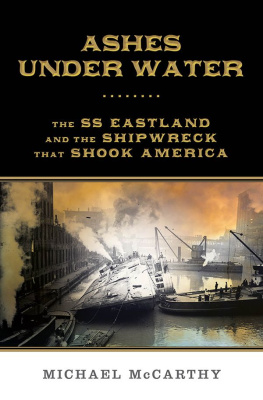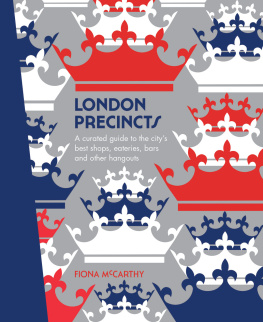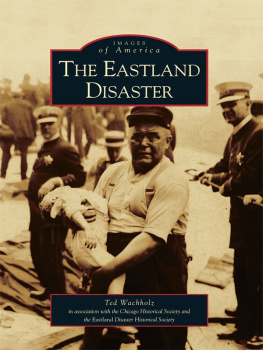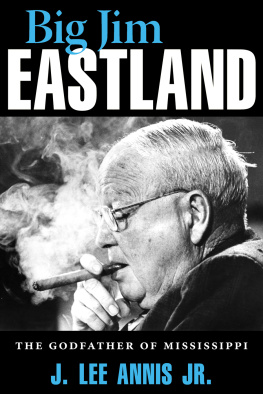Lyons Press is an imprint of Rowman & Littlefield
Distributed by NATIONAL BOOK NETWORK
Copyright 2014 by Michael McCarthy
All rights reserved. No part of this book may be reproduced or transmitted in any form by any means, electronic or mechanical, including photocopying and recording, or by any information storage and retrieval system, except as may be expressly permitted in writing from the publisher.
British Library Cataloguing-in-Publication Information available
Library of Congress Cataloging-in-Publication Data available
ISBN 978-0-7627-9328-0 (hardcover)
eISBN 978-1-4930-1552-8 (eBook)
 The paper used in this publication meets the minimum requirements of American National Standard for Information SciencesPermanence of Paper for Printed Library Materials, ANSI/NISO Z39.48-1992.
The paper used in this publication meets the minimum requirements of American National Standard for Information SciencesPermanence of Paper for Printed Library Materials, ANSI/NISO Z39.48-1992.
Laus Tibi Domine
Contents
Authors Note
This is the true account of Americas most notorious ship, the countrys most famous attorney, and how the least likely of heroes, an immigrant sailor nicknamed Slim, connected them.
Perhaps like most people, I had never heard of the SS Eastland before. Then one day in 1999, a companion at a restaurant along the Chicago River mentioned that a steamship had tipped over nearby in 1915, killing more passengers than had perished on the Titanic .
I had lived in Chicago for years. How could I never have heard of this? The cause of such an unimaginable disaster, I would learn, was still a mystery, even as theories had piled up for four generations. I began what would become a decade-long quest to get to the bottom of it.
In time, I discovered a parable of miserable inequality and injustice, an untold national horror:
That a grand steamship, still tied to its dock, rolled over in the middle of a great city, quickly drowning 844 poor peopleinfants, women, twenty-two whole familiesmost trapped on the ships underside.
That efforts to bring the prosperous, guilty shipowners to justice were thwarted by, of all people, the iconic lawyer Clarence Darrow.
That the brute skill Darrow used to suppress a confession and other damning evidence had kept the truth about the Eastland from coming out for a century.

The advent of the steamship in the Machine Age brought splendor and stupendous size. Steamships became the largest moving objects civilization had ever made, and passengers, who numbered in the hundreds on sailboats, mushroomed into the thousands. Steamers became floating factories. Ticket sales soared, as did the cost of errors.
The Eastland victims were mostly immigrants from the Old World, European factory hands who perished so quickly, in a scene so macabre, that hard-bitten Chicago policemen wept.
From President Woodrow Wilson down to local dockworkers, the whole country mourned. After the nightmare coursed through the nations newspapers all summer, the syllables Eastlan d would stir shivers for a generation. Then following a great war, they would go silent.
Ships as long as city blocks dont simply capsize in calm water without some criminal negligence. Someone did something wrong.
In the treasure chest of the National Archives, I discovered revealing court testimony about the Eastland disaster that has never been published before. It went a long way toward explaining just how that ship could have capsized: that wealthy businessmen knew, despite their denials, that the Eastland had troubling stability problems.
Before the tragedy, the ships managers had even discussed repairing the fatal mechanical flaws, but, cutting corners, they postponed the work. After the tragedy, one of the Eastland owners hired armed guards to keep the police from capturing him; the other described himself in sworn testimony as an angel.
In a grave twist, those two owners would end up being defended by Darrow, who was only trying to prevent them from turning Slim, the innocent engineer, into the scapegoat for the tragedy. Darrows slippery work in the courtroom may explain why he never breathed a word about the Eastland in his memoirs and why his role in this case has remained a dark hole in his otherwise famous biography. But I did find a revealing, heartfelt letter Darrow himself wrote about the Eastland , previously lost to history.
In 2001, I was fortunate enough to meet one of the last known survivors of the Eastland disaster. Libby Klucina Hruby was only ten on that calamitous July day in 1915. By the time I met her, she was nearly one hundred and rather frail. She nodded and smiled more than spoke. She appeared at a small memorial at the Chicago Yacht Club. We listened to an audio recording of her account from her more lucid days.
Afterward, I approached her, and I passed on my sympathy for her ordeal, as such a young child. Then I reached out and shook her hand, eager to touch, to connect with someone from the Eastland , someone who lived that day.
Some days over the past decade, I would go to the riverbanks in Chicago where the Eastland sank and sit and listen.
In rolling toward the great city, Lake Michigan roars when its waves gather and tumble over. And when those white waves, the remnants of a long gone ice mountain, settle into a sheen on the clearest of nights, the blue stillness speaks in glacier-whispers.
Follow the shoreline along Chicago, into the riverbanks, past where the first fort stood, along the old Water Street. There, near the Clark Street Bridge, within the shallows of the Chicago River, stirring perhaps even still, the last cries and breaths of multitudes churned one drizzly summer morning in one vast drowning.
It is for these, the lost voices of the river, that we must speak.
Michael McCarthy
Chicago and South Haven, MI
Cast of Characters
The Eastland
Joseph Erickson The chief engineer of Norwegian descent, charged with conspiracy to operate an unsafe ship and criminal negligence
Harry Pedersen The captain, a Norwegian immigrant, charged with conspiring to operate an unsafe ship and criminal negligence
James Novotny A Bohemian immigrant and factory worker for the Western Electric Company who brought his whole family aboard
The Company Men, 1903
Leander Leighton The lake captain and original investor in the Eastland who met a suspicious demise
Sidney Jenks The architect and designer of the Eastland
John Pereue The lake captain who ordered the Eastland and had it built for an unusually shallow harbor
The Company Men, 1915
George Arnold The longtime Eastland owner, charged with conspiracy to operate an unsafe ship and criminal negligence


















 The paper used in this publication meets the minimum requirements of American National Standard for Information SciencesPermanence of Paper for Printed Library Materials, ANSI/NISO Z39.48-1992.
The paper used in this publication meets the minimum requirements of American National Standard for Information SciencesPermanence of Paper for Printed Library Materials, ANSI/NISO Z39.48-1992.
